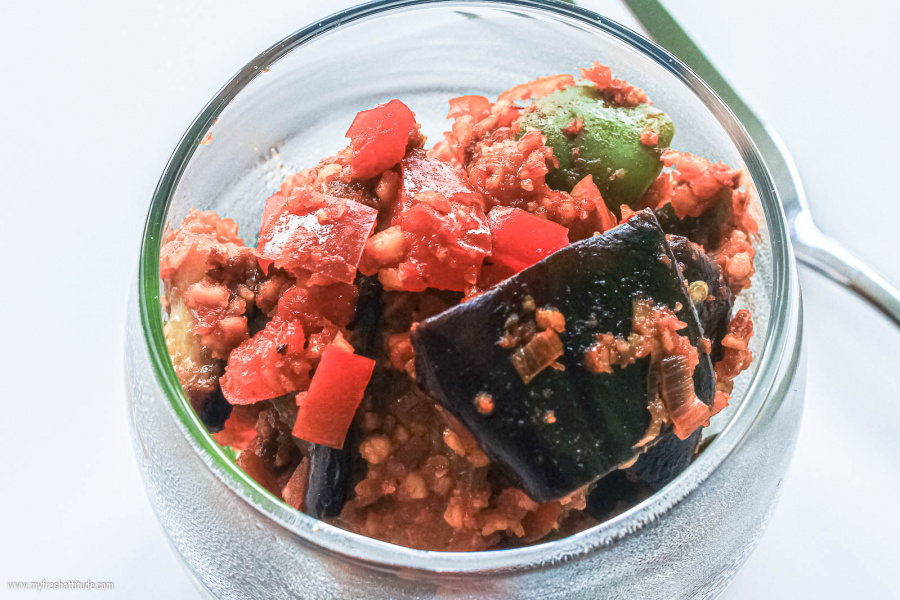
Caponata
I discovered this wonderful Italian relish dish during a recent trip to Sicily. The dish is usually served as an antipasto, but I find it also tremendous on top of crostini, as a pasta sauce or simply as an accompaniment to your favorite Italian starch dish (I’m thinking about polenta right now).
The sweet and sour notes are typical in Sicilian food – some historical records indicate this is most likely an influence from the Arab world, although the first mentions of Caponata seem closer to some Spanish dishes originating from Barcelona.
I find cooking the eggplant separately is important
Subscription Required For This Content
I discovered this wonderful Italian relish dish during a recent trip to Sicily. The dish is usually served as an antipasto, but I find it also tremendous on top of crostini, as a pasta sauce or simply as an accompaniment to your favorite Italian starch dish (I’m thinking about polenta right now).
The sweet and sour notes are typical in Sicilian food – some historical records indicate this is most likely an influence from the Arab world, although the first mentions of Caponata seem closer to some Spanish dishes originating from Barcelona.
I find cooking the eggplant separately is important in this dish. Just cook it first, then use the same pan to finish the preparation. Another key in preparing this dish is to make sure everything is prepared before putting the final dish together in the pan – that means making the vinegar-sugar mixture, cutting all the vegetables, roasting and grinding the almonds, rinsing the capers, etc. You won’t have enough time to do these tasks once you start cooking the dish, so plan accordingly.
Yield: makes about 2 cups